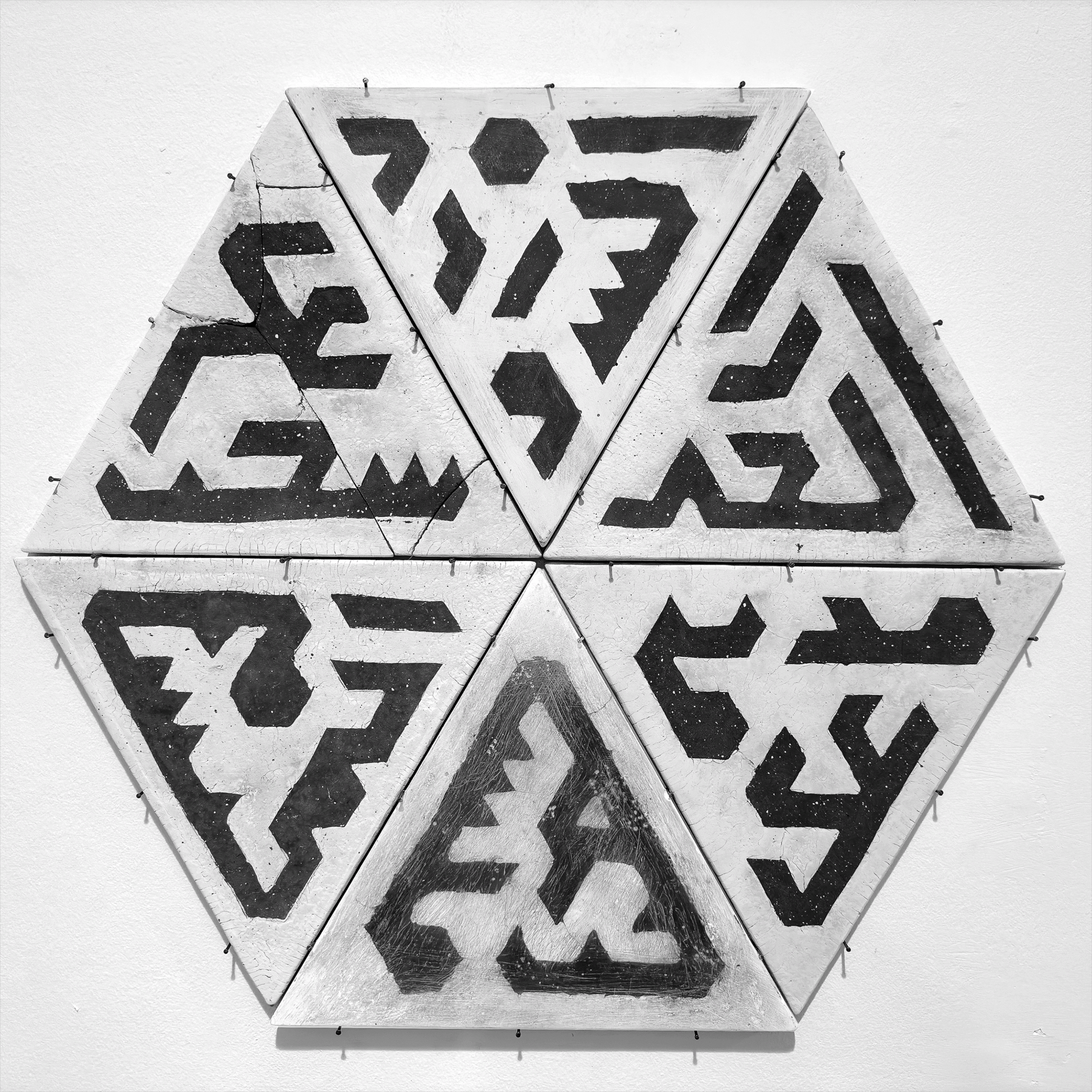Our research in the course of City Design has been focused on the social injustices the people of Palestine have had to endure, we looked at the city through three lenses, Intergenerational City, Systems of Violence, and finally Social Ruptures. Through my research into social ruptures, I found that the Palestinians have an extreme amount of resistance and patience for all the struggles they have gone through, and they have all found different ways to create a rupture, whether it is from a song or play being written, or through protesting by hanging up signs throughout the cities. This led me to find ways I could use their social ruptures as well as create my own, the tiles I have created are meant to activate spaces by containing words that are associated with the city they are in, as well as wrap-around walls and floors, and finally and most importantly, the tiles contain an NFC chip inside them that allow users to tap their phones and be taken to an online archive with all the research and work I have done for this project, a collection of all the social ruptures I found in my research.
Ahmed Al Qasimi


My project tackles the importance of the Arabic language in Palestine and how it can be used as a social rupture throughout different cities. Historically colonising forces have used the power of language and naming to dismantle cities and countries by removing their identity. Despite all these difficulties, the Palestinian people continue to use the Arabic language to protest directly against Israel as well as have written songs, poems and plays that tell the stories of their struggle. In my project, I use the visualisation and spatialisation of the Arabic language to preserve the names of some of the historic parts of Palestine; I use traditional Palestinian techniques to create tiles that can be hung as signage throughout the city or as paving along the ground, with Arabic in the Kufic style on them representing different areas around the country. There are two variants of these tiles, one has grey text on a white background, and the other has white text on a grey background; these can be used together to create patterns on the walls and ground; I have taken advantage of this in the Port of Akka where the tiles create a paved ground for people to walk on as well as indicate zones for circulation as well as zones for storage. Through these tiles, people can access an online archive that will provide a collection of research on all the injustices that have taken place in these cities as well as the sources of my research into language as a tool of oppression. The letters do not have the common dots and accents in Arabic. This is borrowed from common virtual protest visuals shared between Palestinians on social media to prevent the software from recognizing what the writing states. This absence of the accent and dots transforms this project from simply being a repetition of the language as is on the physical urban fabric to, more specifically, protest language permanently displayed in spaces where the community feels they belong and desire to remain and resist within.












